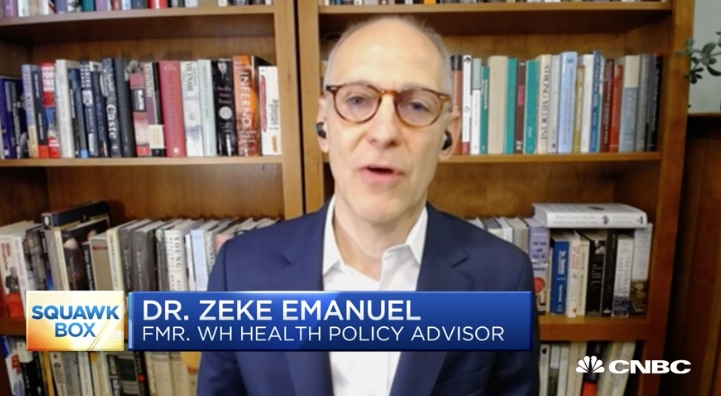Will the USA Freedom Act Actually Reform the NSA?

The House of Representatives voted on the side of civil liberties this week, passing a bill called the USA Freedom Act to end the NSA’s warrantless bulk collection of telephone data on American citizens. But will it be enough?
Legislative Affairs Director Josh Withrow posted an analysis of the issue on the FreedomWorks blog:
[The purpose of the] USA Freedom Act [is] to reform and reauthorize the controversial Section 215 of the USA PATRIOT Act. This portion of the 2001 law was revealed by Edward Snowden to be the legal justification for the massive, nearly limitless collection of American citizens’ telephone metadata by the NSA. Unfortunately, this year’s USA Freedom Act as currently conceived is weaker than previous versions.The bill does makes some strides forward. For starters, it explicitly bans the true limitless collection of telephone data by forcing the government to use a “specific selection term” (SST) in any surveillance warrant. This SST is defined to prevent the NSA or FBI from scooping up data from an entire service provider (like Verizon or AT&T) or even an entire state, county, or ZIP Code. In this sense, USA Freedom should end bulk collection of phone records, in the sense that the government cannot actually take control of and store this massive quantity of data themselves.
However, the bill merely shifts the procedure to having the government ask companies to query their data for them, and leaves open the possibility that the records searched could still encompass broad ranges of individuals at once. One example is the definition of “persons” under a Specific Selection Term, which is overly broad and can include a corporation as a “person”, which leaves obvious room for broad collection.
Aside from the holes in the policy, the bill stands to face resistance from Republican leadership in the Senate, including Senate Majority Leader Mitch McConnell.
Read more of Withrow’s policy analysis here.







